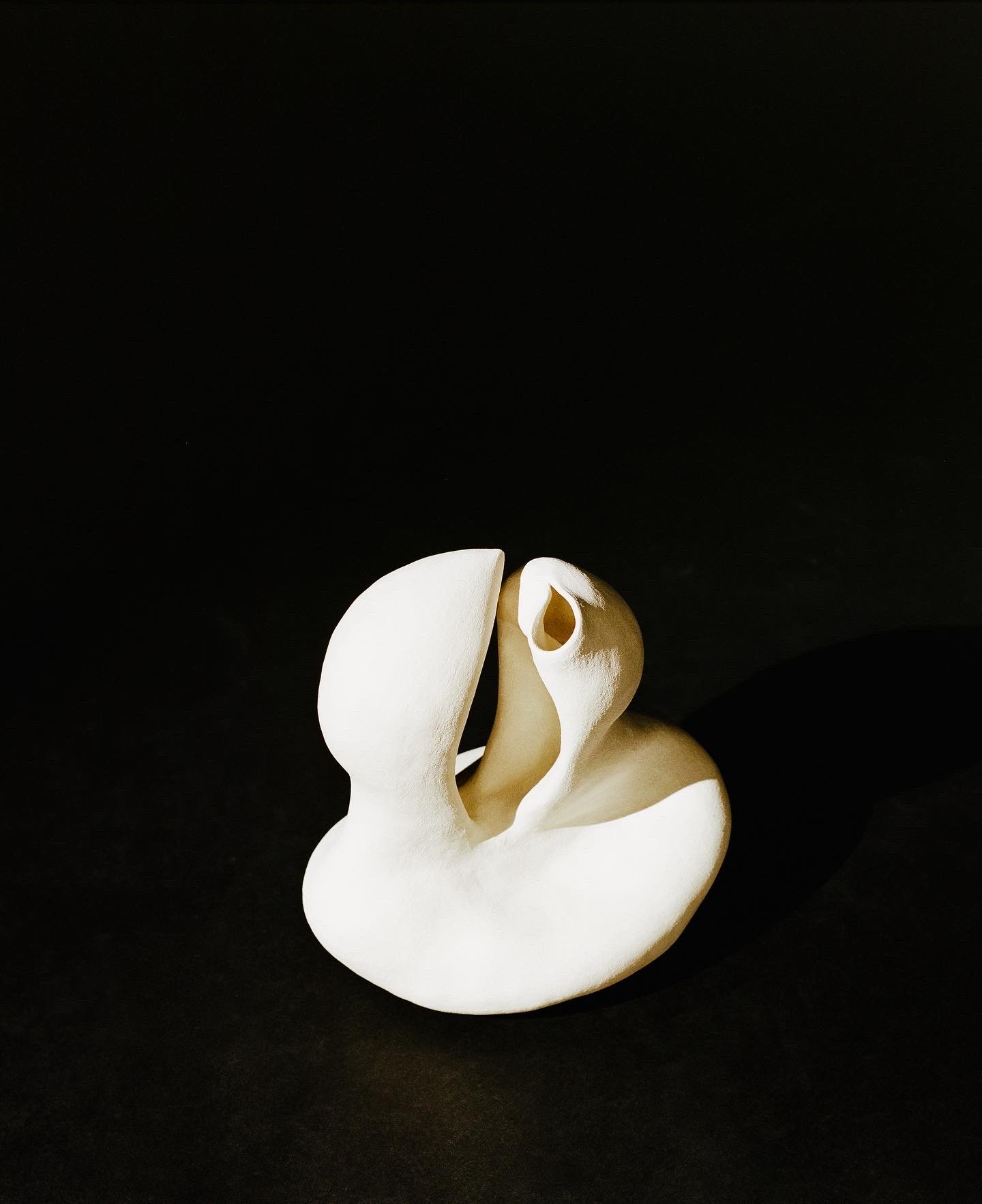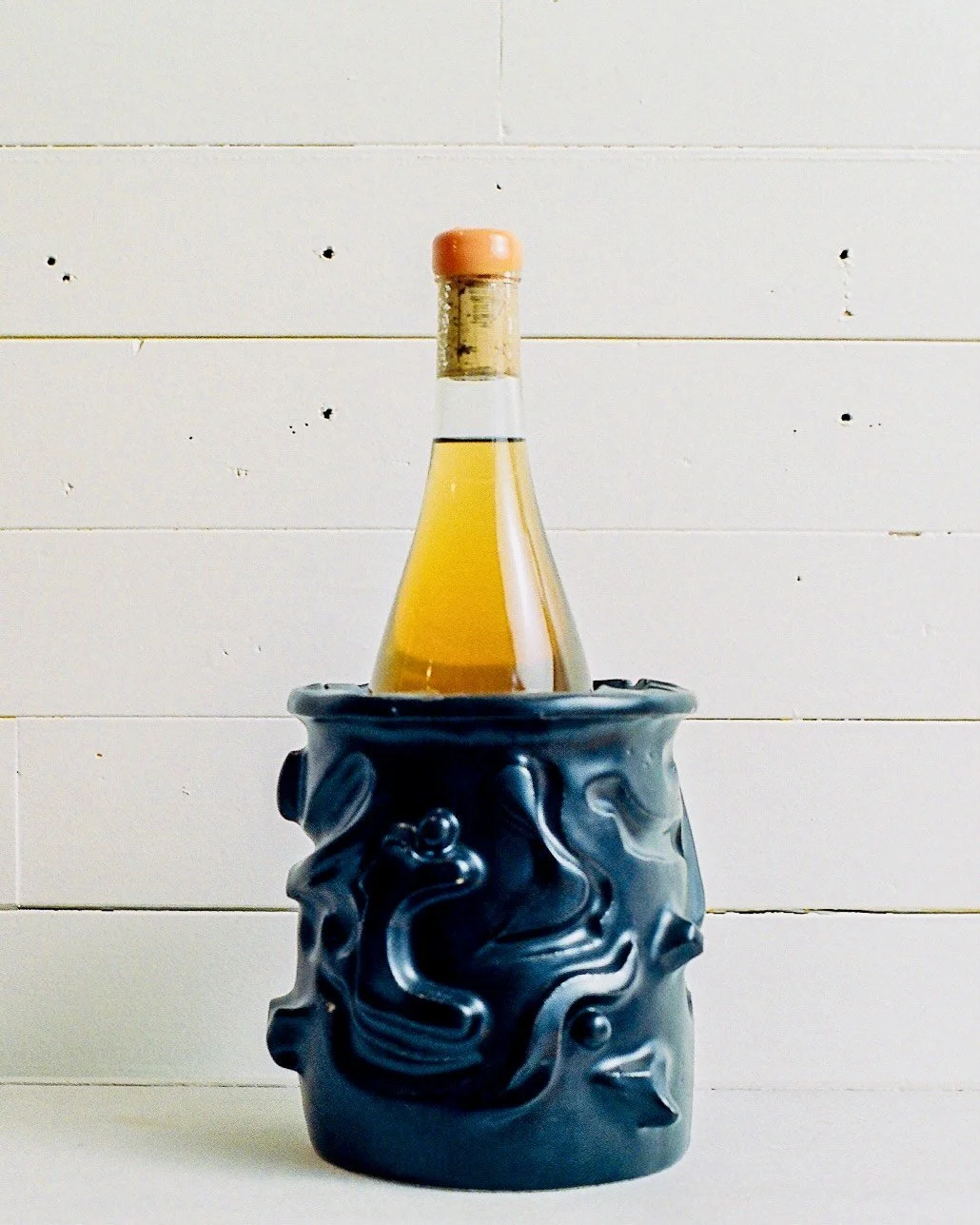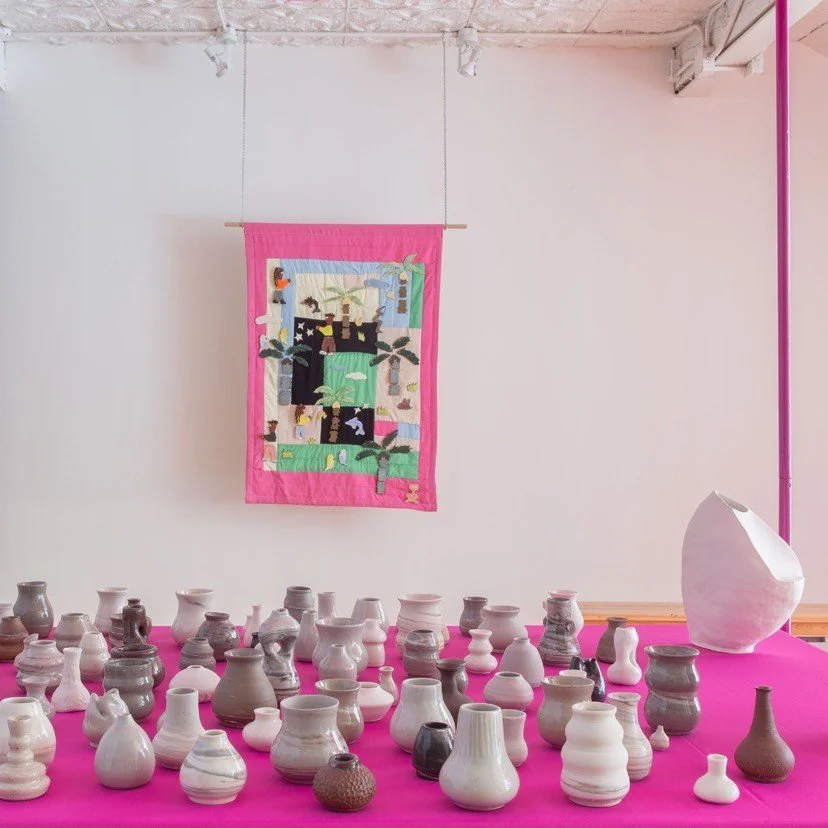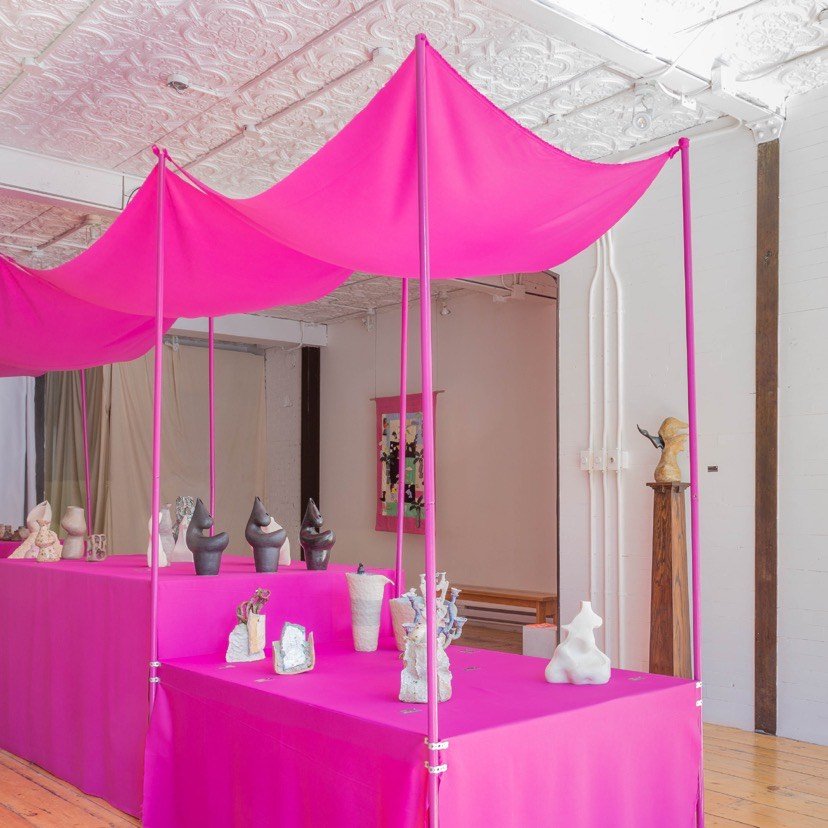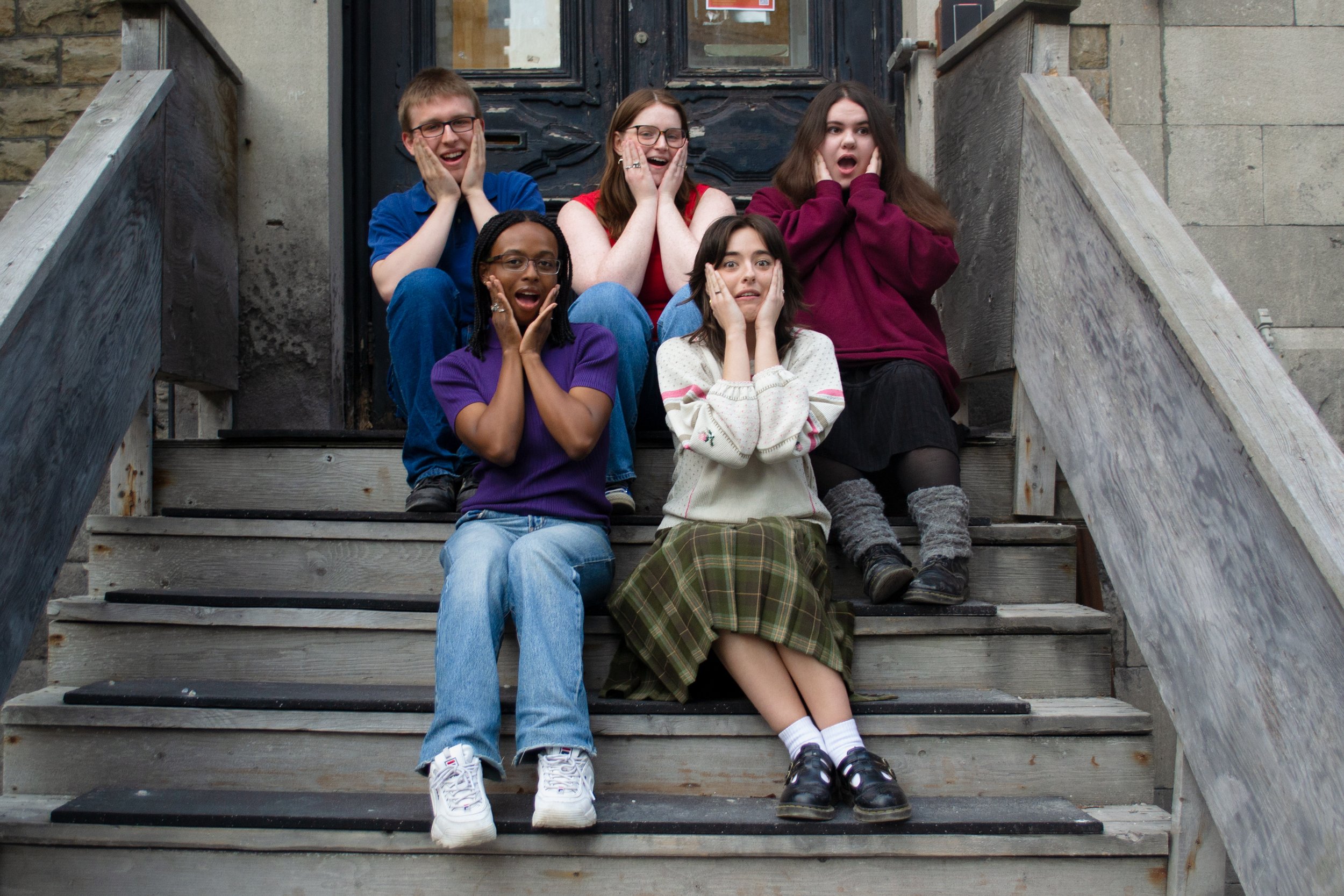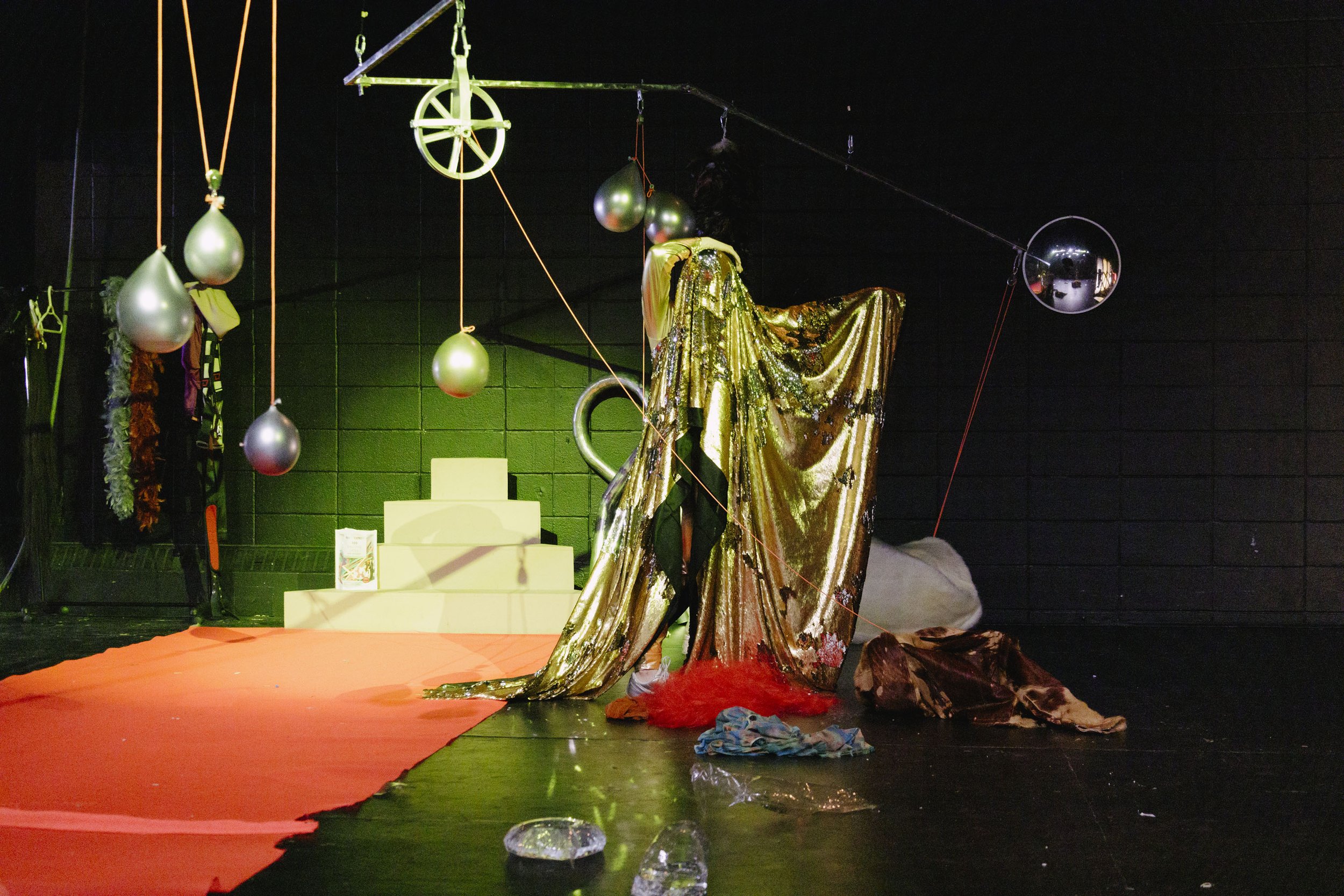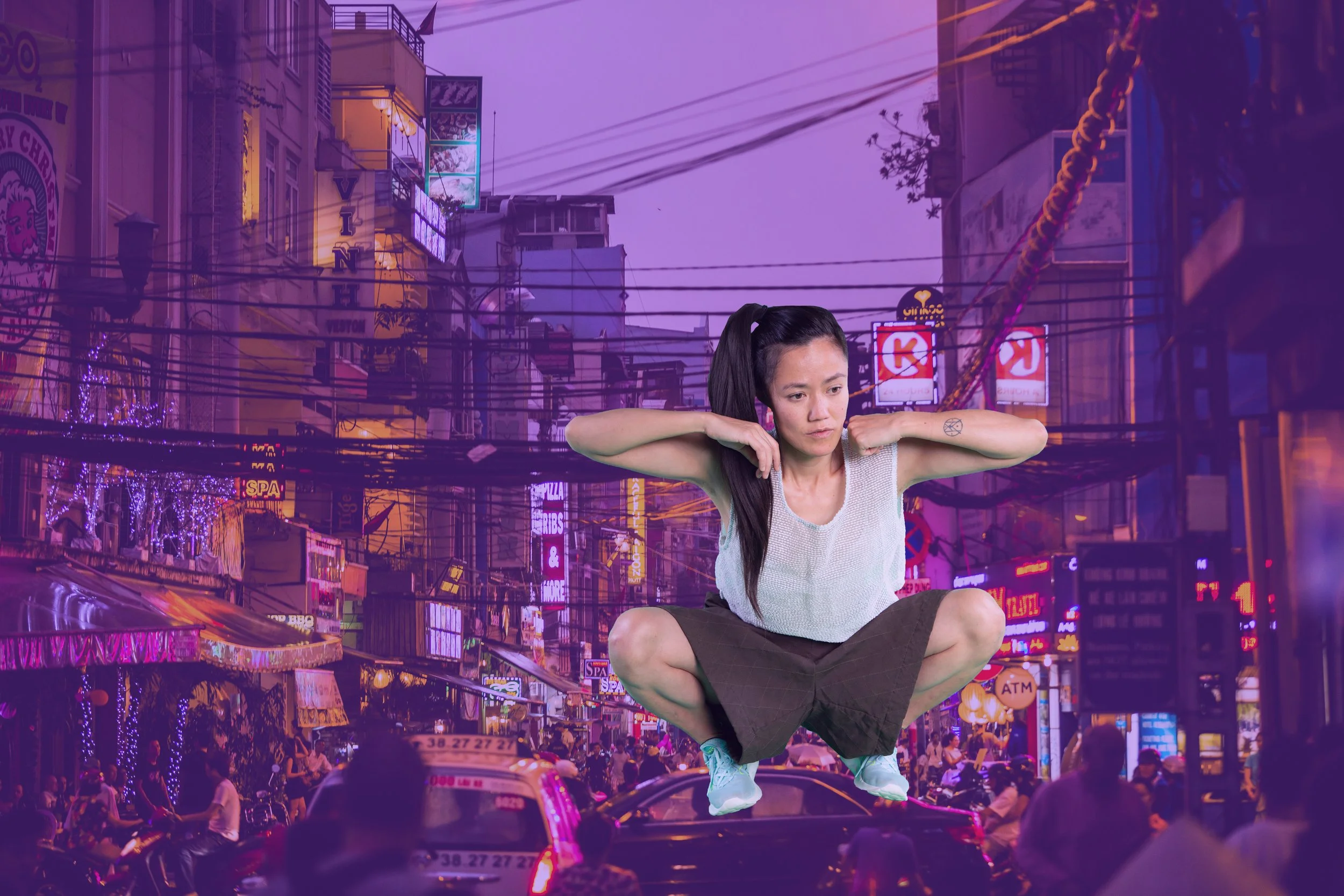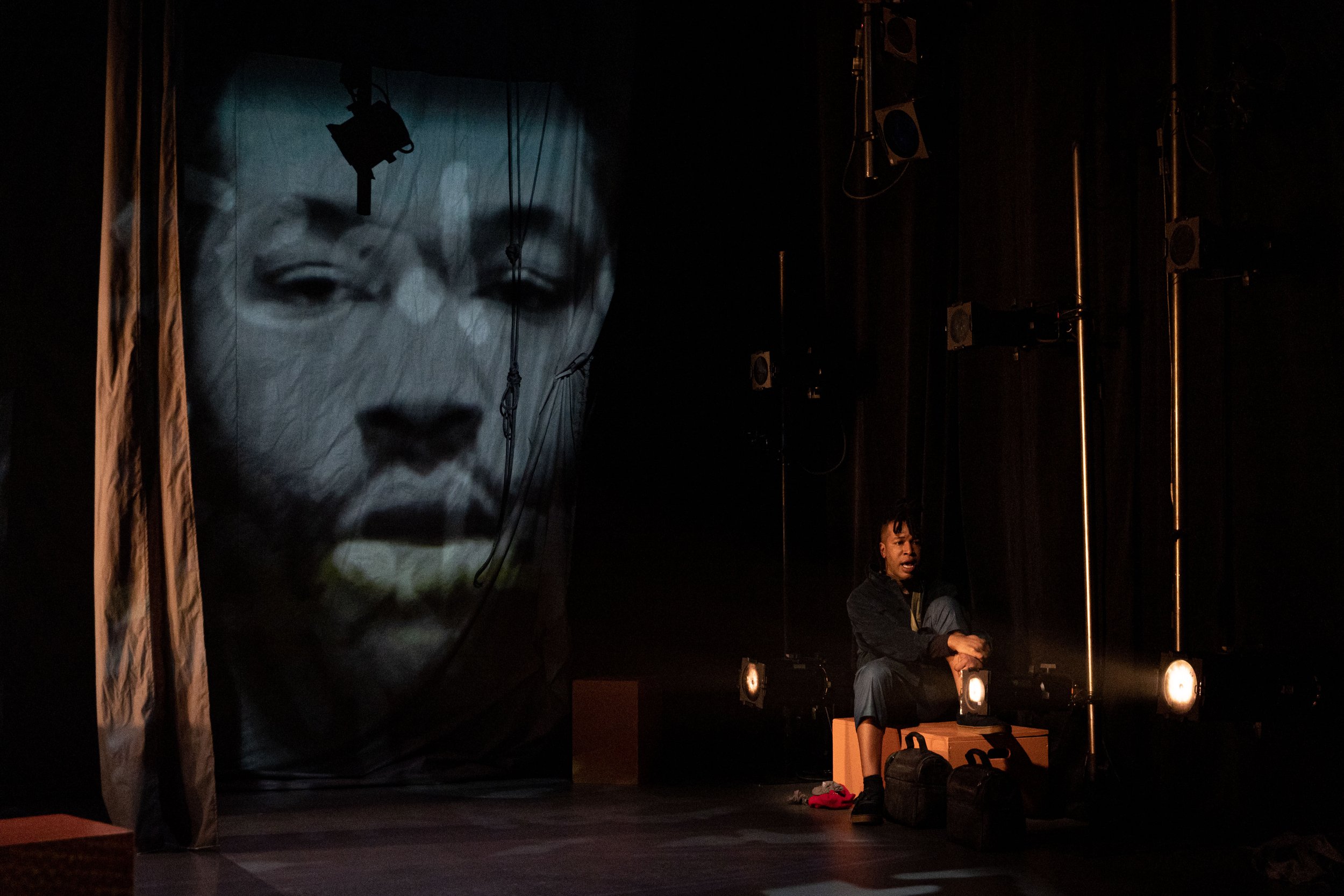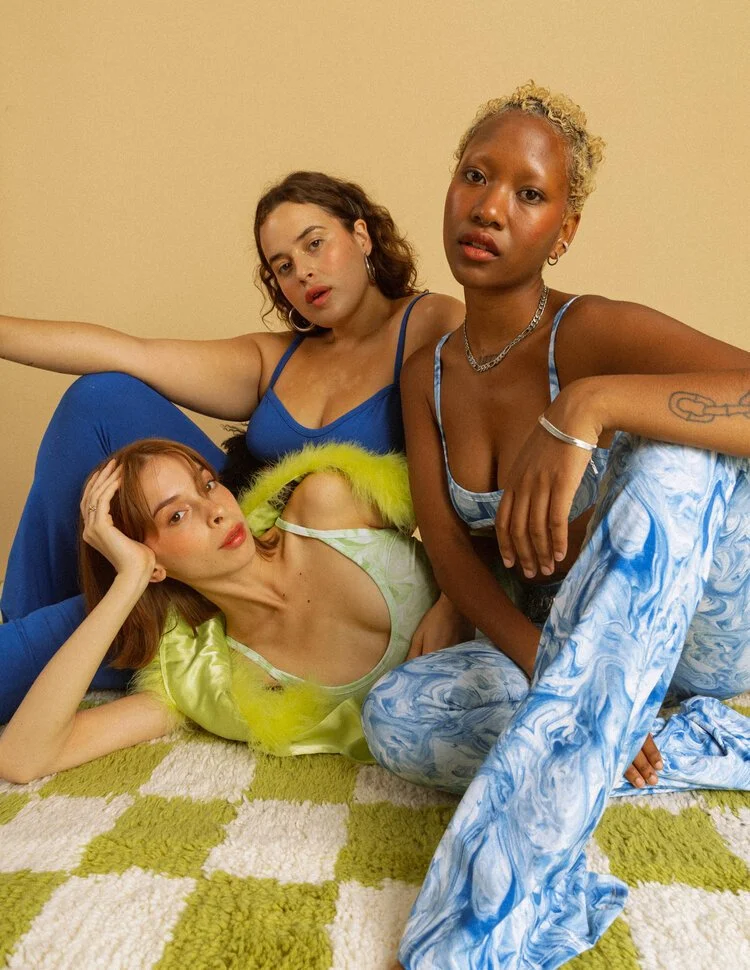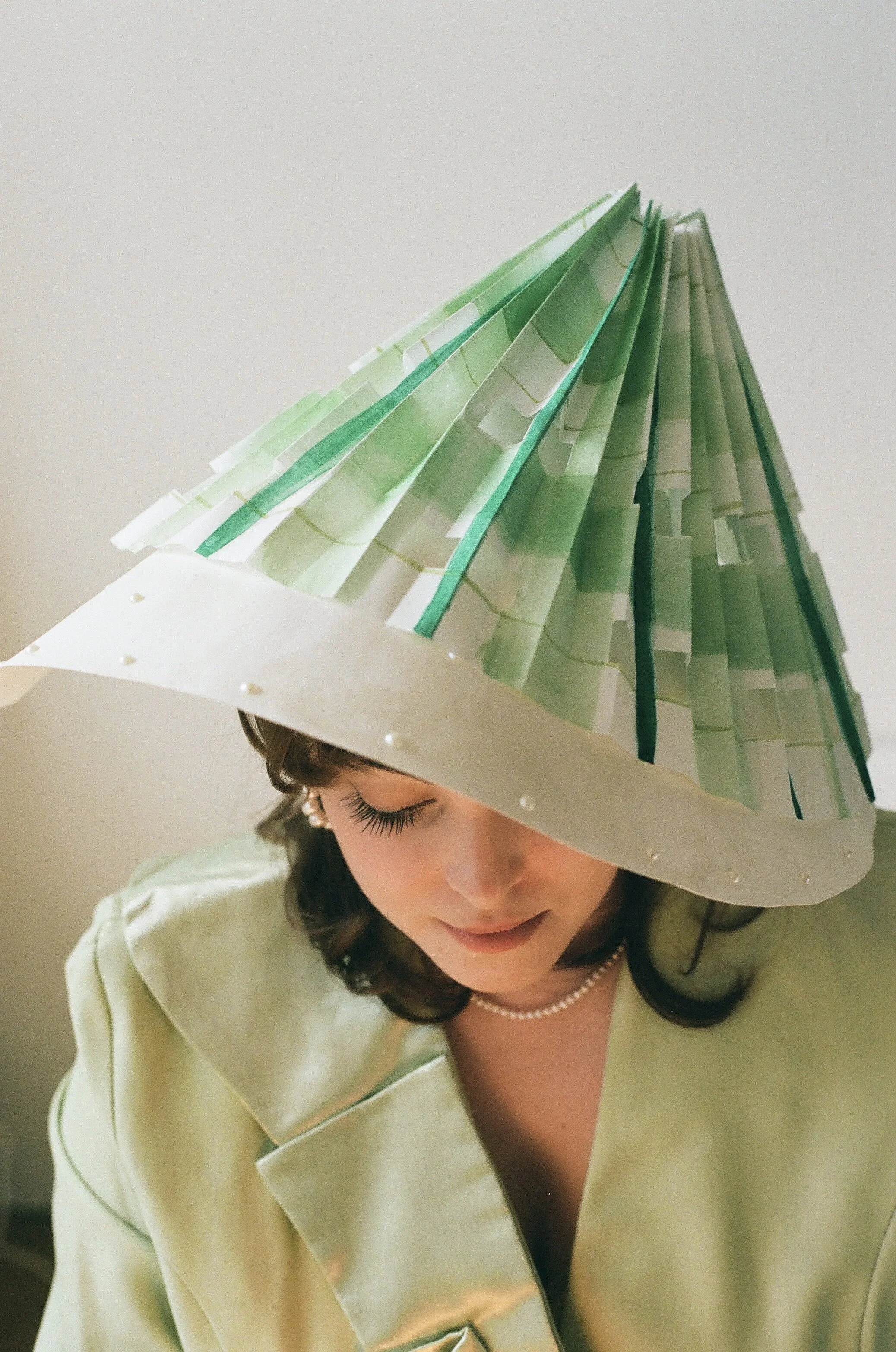HOY: Creating Space for Latin American Diasporas and Creative Communities in the Mile End (Montreal)
Vanessa Maya in front of HOY
Situated in the heart of the Mile End at 5171 St-Laurent, HOY provides a well-needed dose of familiarity and representation for Latin American diasporas and creative communities in Montreal. In their own words:
"HOY es un espacio multifuncional dedicado al arte, al diseño y a la comunidad. Somos un espacio en el que se puede crear, aprender, compartir, intercambiar ideas y proyectos, asistir a una conferencia o formar parte de una plática ― en inglés, francés o español."
Launched in early April, HOY was created to be a design and contemporary art hybrid project focused on catering to local artists. It is run by Vanessa Maya (Mexican artist and community builder), Laurence Boire (designer and project manager), and Etienne Murphy (graphic designer and art coordinator), and has had a total of nine shows this year.
Vanessa with her ceramic work
Vanessa grew up in Mexico and lived in Montreal briefly during her teen years, only returning to live here full-time years later. She has been practicing pottery for over seven years, working primarily with hand-built pieces. Her work is recognizably organic, taking on simple and twisting shapes that are made to be integrated into your everyday life. From wine coolers to sculptures, there is a placid beauty in every aspect of her work.
Work by & photo provided by Vanessa Maya
Although pottery is her primary medium, she has recently branched out to create a community space (HOY) that hosts everything from gallery openings to workshops, trying to focusing on the Latin American diasporas and other communities that are often under- or mis-represented in Canada. She is also interested in profiling artists who’ve never had the chance to exhibit before, alongside artists who have had exhibits in other spaces. “The idea is to put ‘everybody under the same roof’—as we say in Mexico, ‘todos bajo el mismo techo’—because we all need to be able to have the opportunity to show our work,” she explains.
Work by Vanessa Maya
Vanessa is self-taught, and deeply inspired by her time spent with various artists in Guerrero, Oaxaca and Morelos, Mexico. After learning everything from how they collect the clay from the mountains to how traditional aesthetics are integrated or evolved by younger creatives, these experiences have solidified her deep appreciation for the craft. However, as she got older, she saw how tourists with "good intentions" have often exploited Mexican artists for profit in Canada and the Mile End.
More often than not, a tourist with "good intentions" will sell "artisanal" Mexican goods in a high-end boutique in Canada or the United States after paying the artist very little for their work. There will be some sort of "feel-good" story about "helping" the Mexican community or artist who created the work, but ultimately all of the praise and clout goes to the tourist who imported the work and the boutique that sold it.
At a time when more and more foreigners continue to colonize Mexico by hiking up rent prices with their "work from home situations," HOY aims to put Latin American voices first, with no white middleman and no fetishization of culture. It's a safe space for underrepresented communities to come together to tell their stories—to be artists in their own right—and also for any other artists.
HOY via Vanessa Maya
One of the shows that Vanessa curated, "TIANGUIS DE CERÁMICA", showcased various ceramic artists in a format similar to artist markets in Mexico. The "tianguis" is a pop-up, a public and informal gathering of local vendors selling everything from groceries, electronics, and clothing, to crafts and prepared foods. It originated in Mexico, but can now be found all over South America. In this spirit, the team behind HOY presented its take on the market with a collection of unique pieces crafted by local ceramic artists.
HOY via Vanessa Maya
Vanessa also co-curated “YA LLEGAMOS” along with Diane García. “YA LLEGAMOS” continues the celebration of identity, heritage, and connection that unites Latin American peoples as interpreted by a select few artists, designers, and craftspeople. It explores the effects of generational migration and experiences that have shaped communities — ultimately forging stories that inform contemporary Latin American artistic practices.
This exhibition seeks to chronicle the works being produced by artists working in diverse mediums, underlining the historical purpose of communicating shared experiences, and the mindful continuation of cultural representation.
HOY via Vanessa Maya
HOY is "open sometimes," Vanessa notes, which is a cheeky nod to the wonderful Mexican culture that the space so beautifully embodies. Visit when you can, as the space is only open until December of 2022, and you'll be sure to find some new friends and good art.
Vanessa plans on continuing HOY in the future, and in the meantime will be sharing pieces from Mexican artists with her Pichancha project, as well as sharing them via her casapichancha account.
HOY
Vanessa Maya
Instagram (@vanessamayagutter) | Website (mayagu.work) | Instagram (@casapichancha)
Malaika Astorga is the Co-Founder & Creative Director of Also Cool. She is a Mexican-Canadian visual artist, writer, and social media strategist currently based in Montreal.



